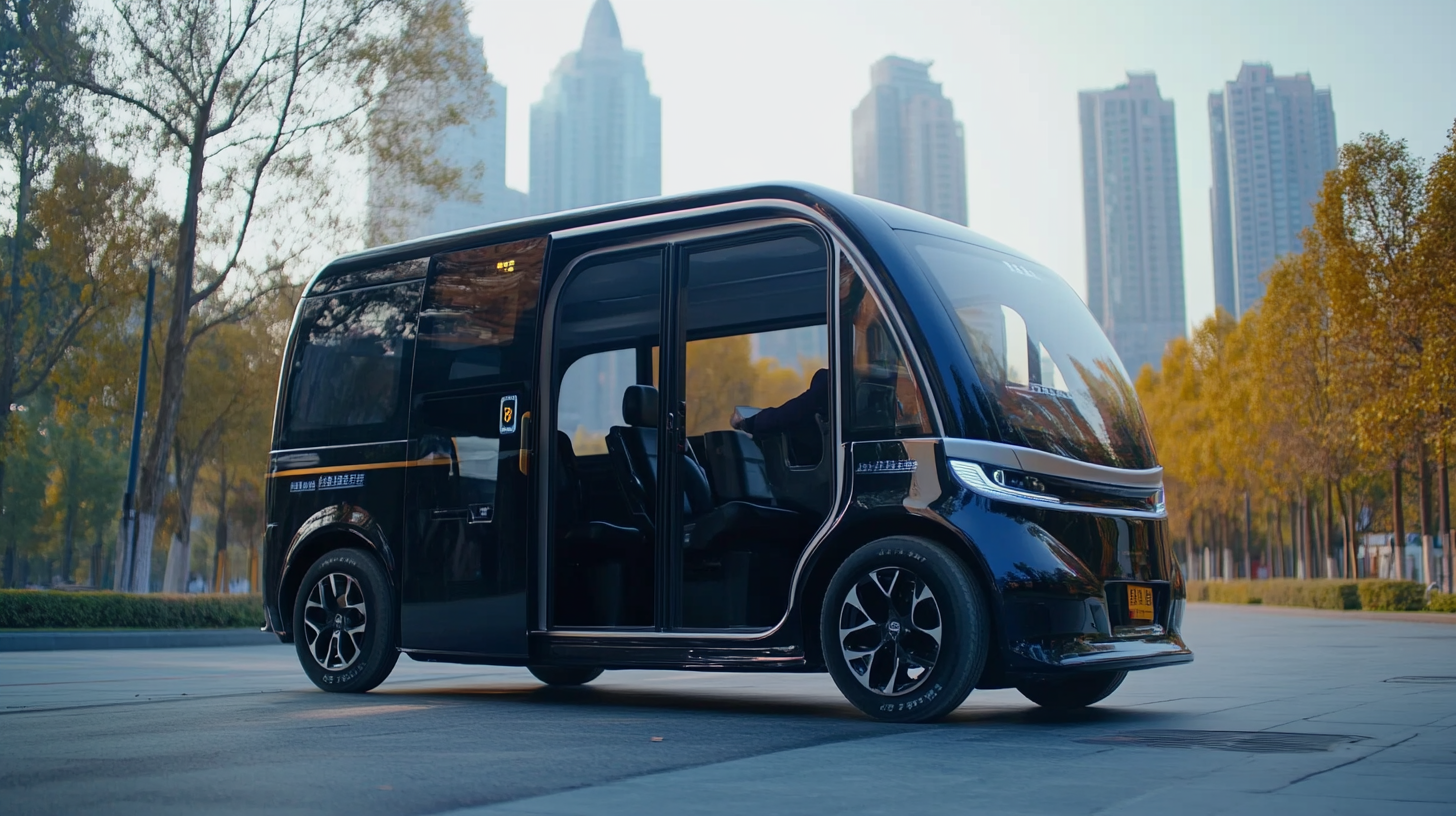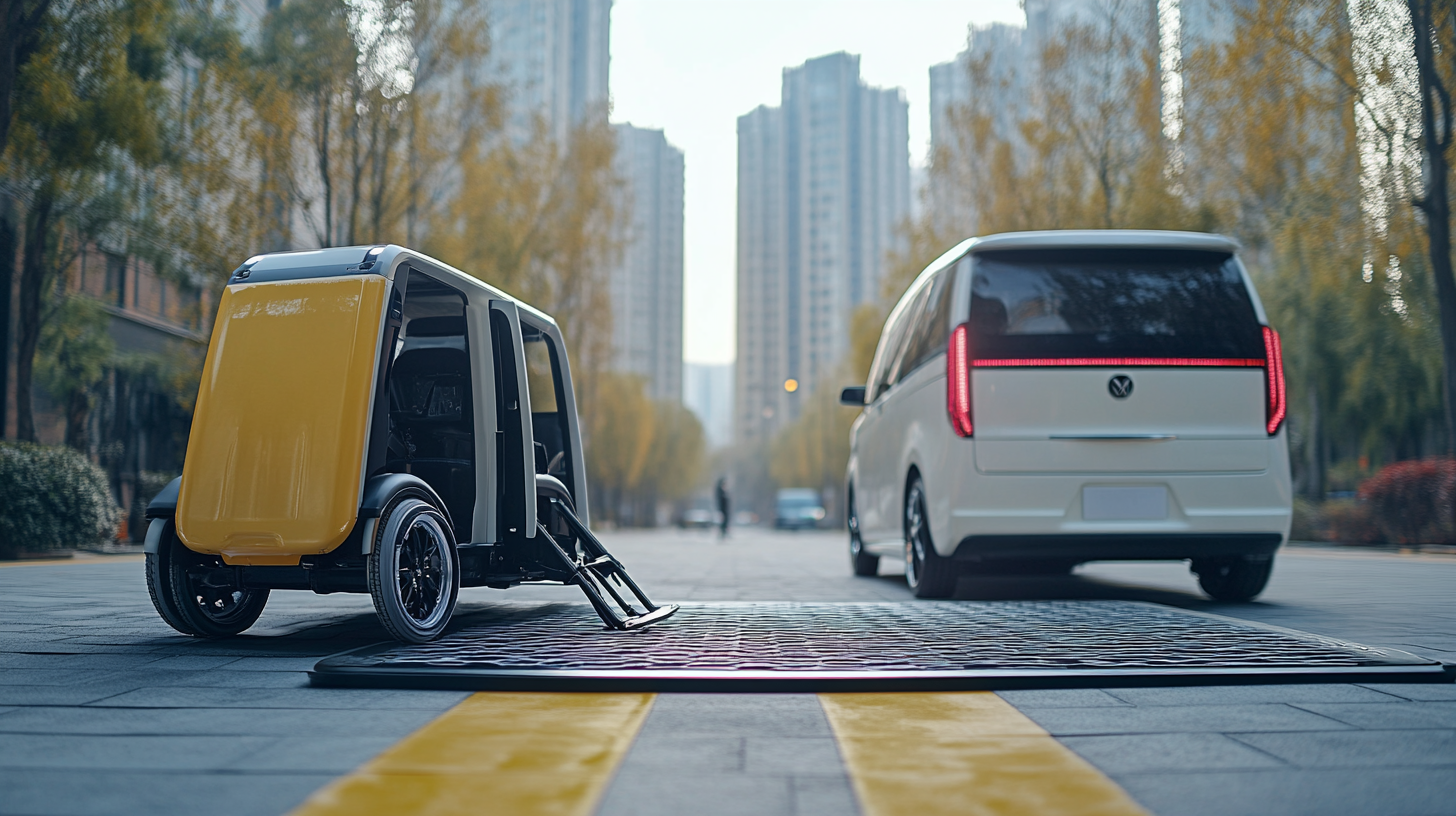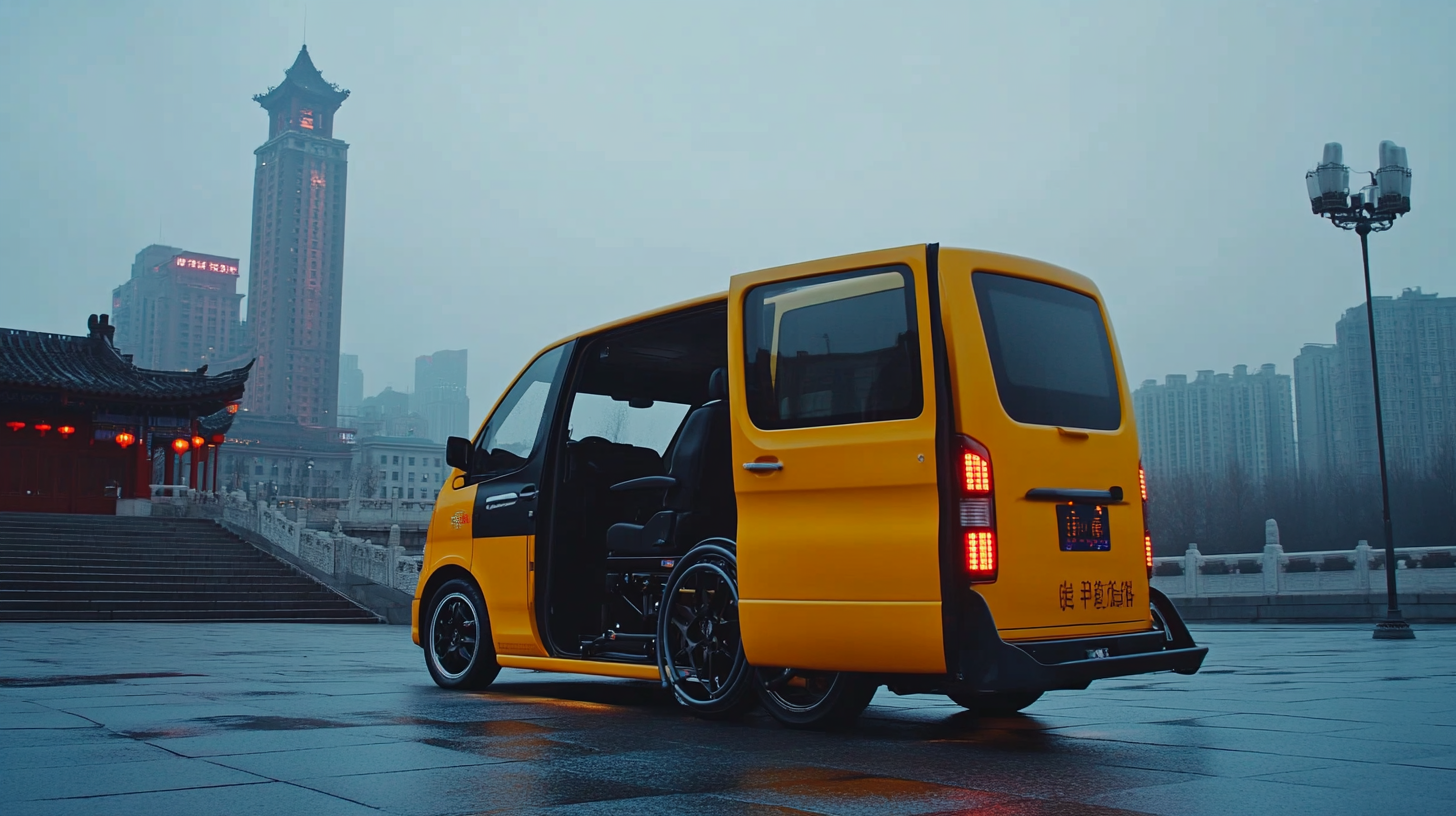Empowering Mobility: China's Wheelchair Accessible Vehicles Leading Global Innovations
In recent years, the landscape of transportation has witnessed remarkable advancements, particularly in the realm of wheelchair accessible vehicles. As societies strive for inclusivity, China has emerged as a frontrunner in creating innovative solutions that enhance mobility for individuals with disabilities. These vehicles are not merely a convenience; they symbolize a crucial step towards empowering those who rely on them for everyday travel. With a burgeoning demand for accessible transportation, China's commitment to integrating cutting-edge technology and design principles into wheelchair accessible vehicles is reshaping the global conversation around mobility. This blog will explore the innovative developments in this sector and highlight how these advancements not only improve the quality of life for users but also set a benchmark for countries around the world. Join us as we delve into the transformative potential of wheelchair accessible vehicles and their pivotal role in fostering a more inclusive future.

Innovative Design Features of China's Wheelchair Accessible Vehicles
China's advancements in wheelchair accessible vehicles (WAVs) are setting a benchmark for global innovations in mobility. With a focus on inclusive design, these vehicles feature innovative elements that enhance accessibility and comfort for wheelchair users. Key attributes include low floors for easy entry, automatic ramps, and adjustable seating configurations that allow for a seamless transition between passenger and driver roles. These design features go beyond mere function; they promote independence and empower individuals with mobility challenges.
**Tips:** When considering a WAV, look for models that offer customizable features to suit individual needs. Test driving different options can help identify the most comfortable and accessible designs. Additionally, it's important to check the local regulations regarding WAVs, as they may impact vehicle modifications and use.
The commitment to creating accessible transportation solutions manifests in both the automotive sector's rapid development and in broader initiatives aimed at societal inclusion. With continued collaboration among manufacturers, designers, and end-users, the future of mobility in China holds promise for even greater innovations that prioritize accessibility and user experience.
Empowering Mobility: Innovative Design Features of China's Wheelchair Accessible Vehicles
Impact of Government Policies on Accessibility and Vehicle Development
Government policies play a crucial role in shaping the landscape of accessibility in transportation, particularly in the realm of wheelchair accessible vehicles (WAVs) in China. According to a report from the China National Research Center for Rehabilitation Technical Aids, there has been a 40% increase in the production of WAVs since the introduction of supportive government regulations in 2020. This surge is largely attributed to the enforcement of accessibility standards and financial incentives for manufacturers that prioritize inclusive designs.
Additionally, the government's "Barrier-Free Transportation Development Plan," which aims to integrate accessibility into urban transport systems, has spurred innovation in vehicle design. Research indicates that market demand for WAVs is projected to grow at a compound annual growth rate (CAGR) of 12% over the next five years, driven by enhanced policies that promote the rights of disabled individuals. This landscape of innovation not only positions China as a leader in accessible vehicle technology but also sets a benchmark for other nations to follow, highlighting the significance of policy in fostering an inclusive society.

Comparative Analysis: China vs. Global Players in Mobility Solutions
In recent years, China has risen to prominence as a major player in the global automotive industry, particularly in the domain of wheelchair accessible vehicles (WAVs). As the country produces nearly one third of all cars worldwide, it is also leading in electric vehicle (EV) manufacturing with two thirds of all EVs and a staggering 70 percent of EV batteries coming from Chinese production. This positions China as a significant innovator not only in traditional mobility solutions but also in specialized vehicles designed to enhance accessibility for all individuals.
To compete in this dynamic landscape, international OEMs must adapt their strategies aggressively. A comparative analysis of China's innovations in mobility solutions versus other global players reveals an accelerating pace of technological advancement. By focusing on local market needs and leveraging cutting-edge battery technologies, China is setting a new standard in the automotive sector, particularly for those requiring wheelchair access.
Tip: For aspiring manufacturers looking to make their mark in wheelchair accessible vehicles, it's vital to prioritize user-centric design. Engaging with potential users during the development process can provide invaluable insights that drive innovation and improve product effectiveness. Additionally, staying informed about the latest trends in EV technology and accessibility solutions will allow manufacturers to remain competitive and responsive to market demands.
Empowering Mobility: China's Wheelchair Accessible Vehicles Leading Global Innovations
| Region |
Innovation Level |
Market Share (%) |
Access Features |
Investment ($ Million) |
| China |
High |
30% |
Automated ramps, Smart navigation |
200 |
| USA |
Moderate |
25% |
Custom lifts, GPS tracking |
150 |
| Germany |
High |
20% |
Advanced safety systems, User-friendly |
180 |
| Japan |
Moderate |
15% |
Compact design, Automated controls |
120 |
| UK |
Low |
10% |
Limited features, Manual access |
80 |
User-Centric Innovations in Wheelchair Accessible Vehicles
In recent years, China has emerged as a leader in the design and production of wheelchair-accessible vehicles (WAVs), focusing on user-centric innovations that cater specifically to the needs of individuals with mobility challenges. By prioritizing accessibility and comfort, Chinese manufacturers are not only enhancing the driving experience for users but also promoting a more inclusive society. These vehicles often feature advanced driving assistance systems, ergonomic seating arrangements, and seamless access points that make transitioning from a wheelchair to the vehicle effortless and independent.
The emphasis on user-centric design in these innovations is evident in the collaborations between automotive companies and advocacy groups for people with disabilities. By actively engaging with users during the design process, manufacturers can implement features that address real-life challenges faced by individuals with mobility limitations. This includes adjustable ramp systems, smart interior layouts, and integrated technology that fosters independence and ease of use. As a result, the latest WAVs coming from China are not only functional but also stylish, breaking the stereotype that accessibility means compromising on aesthetics.
Future Trends: How Technology is Shaping Mobility for the Disabled in China
In recent years, China has seen a significant transformation in mobility solutions for the disabled, driven largely by innovative technology. The market for wheelchair accessible vehicles (WAVs) has surged, with forecasts indicating a compound annual growth rate of 7.5% from 2021 to 2026, according to a report by the China National Research Institute of Chinese Medicine. This growth is reflective of a broader trend where accessibility technology is becoming more integrated into urban planning and vehicle design, ultimately enhancing the quality of life for millions of individuals with mobility challenges.
The incorporation of features such as automatic ramps, advanced navigation systems, and smart sensors in WAVs demonstrates the country's commitment to inclusivity. In fact, a survey by the China Disabled Persons' Federation reveals that nearly 75% of respondents believe advancements in technology have significantly improved their mobility options. Furthermore, collaborations between automotive manufacturers and technology firms are paving the way for groundbreaking solutions, including the use of AI and IoT to create personalized experiences for users. As these developments continue, China is positioned to lead global efforts in transforming how mobility is perceived and implemented for disabled individuals.
